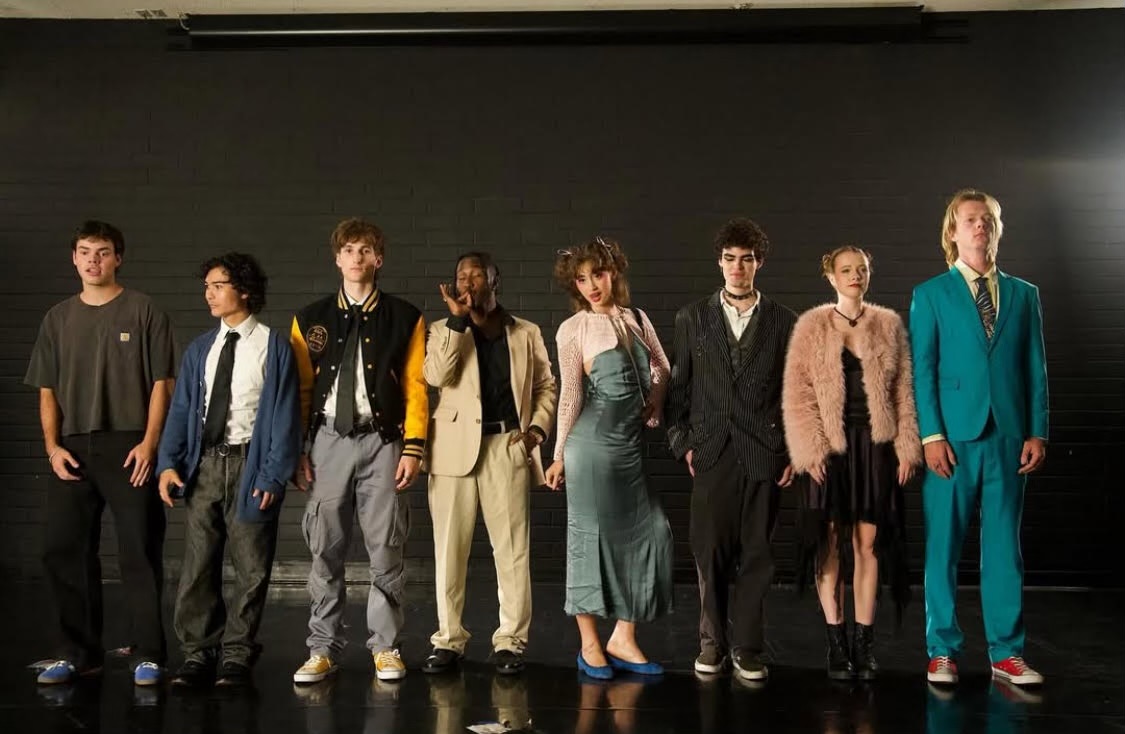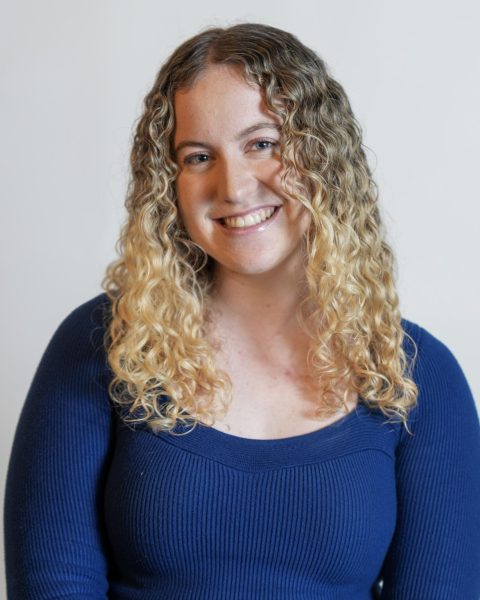Making a feature film as a university student is not an easy task. From juggling college schedules to rallying donors to take a chance on your project, it’s a journey that is not for the weak. Most film programs across the country focus on short film projects, generally ranging from five to 20 minutes long.
Taking on the ambitious task of directing and editing a full-length feature film is what has recently drawn the spotlight to junior cinema and media arts student, Zane Kalani Kuljian, and his co-writer and producer of the film, Josh Labata, a Biola cinema and media arts alumnus.
A PARTNERSHIP IS BORN
Inspired by the ensemble movie, “Do the Right Thing,” Kuljian had dreamt of creating a murder-mystery ensemble film. The stars aligned one day on Biola’s campus in April 2023 when cinema and media arts professor Jim Hope suggested Kuljian and Labata get to know each other.
“[It was] our second time ever hanging out … We were getting coffee and I sort of pitched my idea to him half as a joke,” Kuljian said. “My pitch was ‘Super Bad’ meets ‘Knives Out.’”
What was supposed to be a 30-minute coffee meeting turned into laying out the ideas of their current feature film project “Murder? I Hardly Know Her!” The two began to write the details of the murder mystery together, becoming close collaborators and best friends along the way.
“We would have these several-hour-long phone calls intricately laying out the mystery and how it all unravels,” Kuljian said.
CRAFTING THE MYSTERY
However, co-writer Labata wasn’t initially convinced about diving into the murder-mystery genre. The writers decided to each bring in their own humor and techniques to craft the narrative.
“I argued the genre had been done to death … Even Hallmark had their franchises of murder mysteries,” Labata said. “Zane and I are writers that enjoy the dynamics of reactive, specific characters in absurd situations, [so] the goal was to build a substantial mystery that was more fun to follow than to figure out.”
Kuljian and Labata spent an entire summer building the elaborate plot of their mystery, leaving out no details about the murder, suspects and even the dynamics between all the characters.
“Every single time we found a plot hole or idiosyncrasy in our plot, we’d rebuild the entire narrative from the ground up,” Labata said. “It was a very long summer.”
LARGE SCALE CHALLENGES
One aspect that made a more humble budget for such a large project was deciding to shoot the film within the walls of Biola. Kuljian and Labata added specific elements to the script that made it perfect to be shot on campus, even with specific student actors in mind to play the roles.
Despite careful planning, the co-writers have faced many of the typical challenges student films face, with additional hurdles due to the large scale production. The film’s ensemble aspect made for a much larger shot list than usual, with Kuljian directing 13 investigative characters, four supporting actors and 25 cameos.
“It’s kind of a logistical nightmare,” Kuljian said.
“Student productions, from our greenlight process to the filmmaking culture, are not built to support the demands of a feature,” Labata explained.
The production had some actors and crew flying in, leading the director and producer to plan a solid 15 days where they would shoot the film continuously for 12 hours a day, with Sundays off. This took significant planning and stamina for the cast and crew, both of whom Kuljian and Labata repeatedly praised.
CREATING A FAMILY
Despite the labor and long hours, the collaboration and passion of the cast and crew created a comfortable and high-spirited environment.
“Studio A, our basecamp, felt like home,” Labata said. “Every morning, I loved seeing everyone arrive while we’re roasting coffee and setting the wardrobe … The set chatter, the walkie distro, the high-fives and over-caffeinated hellos.”
The team became family by hosting post-set dinners, a time that they looked forward to every night.
“[The food] was never anything elaborate, but I don’t think anyone on that table cared,” Labata said. “We didn’t even make an effort to set the proximity, but none of us talked about work at the table … It was jokes, anecdotes, complaints and banter [which] made production feel like a warm, cozy little summer camp.”
These dinners were essential to Kuljian and Labata’s main goal: making sure the cast and crew were taken care of.
“I have two priorities … Obviously, to make a good movie, but the other one is to make sure that everybody’s having a good time,” Kuljian said. “It’s a lot easier when you’re doing comedy and the script is just so goofy and doesn’t take itself seriously.”
“A good producer should say their biggest goal is ‘getting it made,’ but I just want to take care of people,” Labata said. “My time in film school taught me many things, but one of the biggest things I learned is that my obsession over the final product is never my first job; it’s taking care of my team.”
From streaming all 173 episodes of “Seinfeld” on their basecamp monitor until the finale — which Labata noted “isn’t very good” — to sharing laughter during one of Kuljian’s favorite set moments involving shaving a guy’s head, the duo ensured the production remained rooted in comedy and good times. These memories have helped Kuljian and Labata navigate the challenges of producing a feature film, setting the stage for a great project, which Kuljian hopes to finish editing next year.
“At the end of the day, I am grateful my biggest production yet is a comedy,” Labata said. “Film is hard, so thank God we can laugh.”






